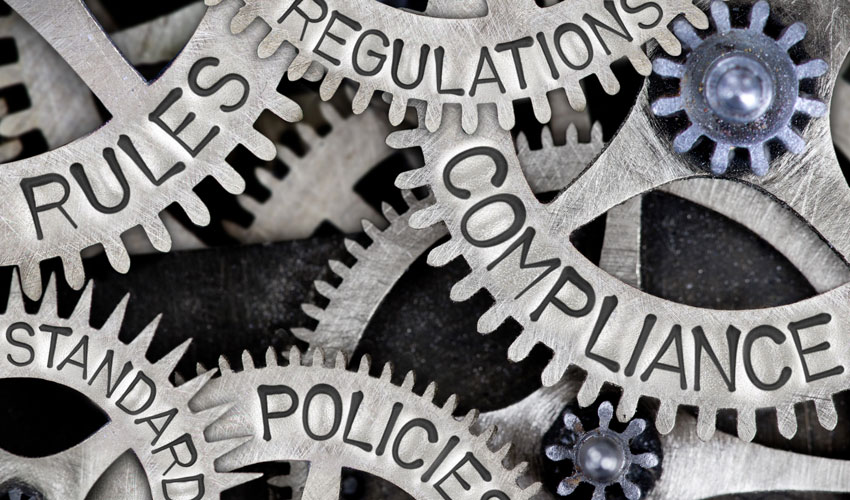CGA’s January 2020 Safety Publications (New Releases & Revisions)
February 7, 2020
During January 2020, the Compressed Gas Association (CGA) issued the following new and/or revised safety standards and guidelines:
CGA C-12 – Qualification Procedure for Acetylene Cylinder Design
Released: January 24, 2020 (7th Edition)
This publication defines test equipment and procedures that are applicable for testing DOT and TC specification acetylene cylinders having a service pressure of 250 psi (1723 kPa).
Regulations in 49 CFR 173.303 and CSA B339 specify that an acetylene cylinder consists of a metal shell filled with a porous mass material, and this material shall be charged with a suitable solvent. Cylinders containing the porous mass material and solvent and representative samples of cylinders charged with acetylene shall be tested with satisfactory results in accordance with this publication.
Regulations in 49 CFR 173.301 and CSA B339 also specify that acetylene cylinders are equipped with pressure relief devices (PRDs) capable of preventing a rupture of the normally charged cylinder when subjected to a fire test.
The tests outlined in 6.1, 6.2, and 6.3 are tests required to prove that the porous mass material, hereafter called filler, when installed in a completed cylinder with solvent and acetylene will:
- stabilize acetylene by preventing progressive decomposition within the filler when subjected to an internal flash or severe impact; and
- not disintegrate or sag when wet with solvent and subjected to normal service (simulated transportation vibrations)
These tests fulfill the requirements of regulations found in 49 CFR 173.303 and CSA B339.
The fire testing outlined in 6.4 fulfills requirements of 49 CFR 173.301 and CSA B339.
CGA C-14 – Procedures for Fire Testing of DOT Cylinder Pressure Relief Device Systems
Released: January 24, 2020 (5th Edition)
This publication provides procedures for fire testing of U.S. Department of Transportation (DOT) cylinder pressure relief device (PRD) systems.
This publication defines test equipment and procedures that are applicable for fire testing cylinder systems having water capacities of 1000 lb (454 kg) or less and provides sufficient test data to verify the capability of the cylinder system to prevent rupture of a normally charged cylinder. For most cylinders, selection of the type and size of PRD required to safely discharge the contents of a cylinder can be achieved by the use of the information contained in CGA S-1.1.
CGA C-15 – Cylinder Performance Tests
Released: January 24, 2020 (6th Edition)
This publication identifies tests that are used to qualify characteristics of certain compressed gas cylinders. It is not the intent to qualify the value or merit of these tests but to make the reader aware of these tests.
Some tests are required by the U.S. Department of Transportation (DOT) and/or Transport Canada (TC) regulations, which will also specify when such tests are performed. Some tests relating to specific cylinder service or usage such as environmental tests are beyond the scope of this publication.
Tests described in this publication are not intended to be the only ones applicable to every cylinder, gas service, or usage. Additional tests could be required to satisfy specific areas of need.
This publication does not address testing for composite cylinders and cylinders manufactured to DOT special permits and/or TC equivalency certificates. This publication does not address all testing requirements for acetylene and cryogenic cylinders; however, some tests could apply (for example, mechanical testing, proof pressure testing, hydrostatic testing) for shells of these cylinders.
CGA G-19.4 – Guideline for Determining the Limits of Liquefied Natural Gas Spills
Released: January 24, 2020 (1st Edition)
This publication provides technical guidance and the equation set to determine the maximum impoundment volume required for North American LNG facilities governed by CGA G-19.1, NFPA 59A, or CSA Z276.
This publication applies to bulk cryogenic storage systems with LNG. The credible releases and potential spills come from piping. Accordingly, this publication is based on piping releases, up to and including 6 in (150 mm) NPS. The simplified approach presented in Section 6 is specific to pressure vessels. For pipeline facilities, see 49 CFR Part 193.
This publication is intended for ASME vessels of 15 psi (103 kPa) maximum allowable working pressure or greater.


